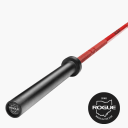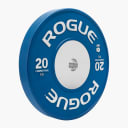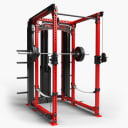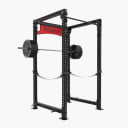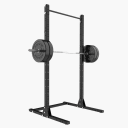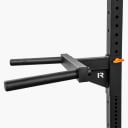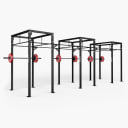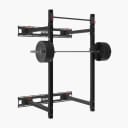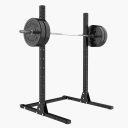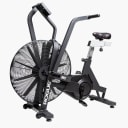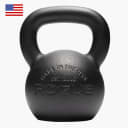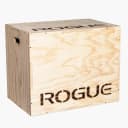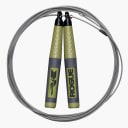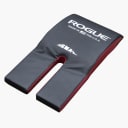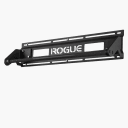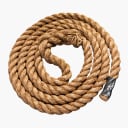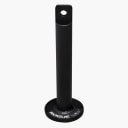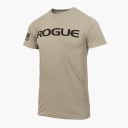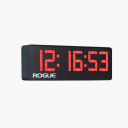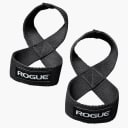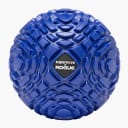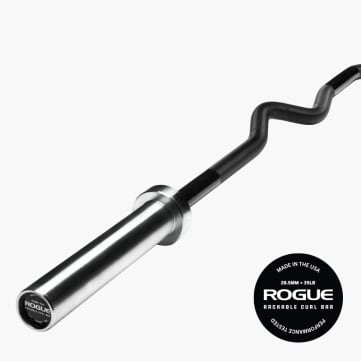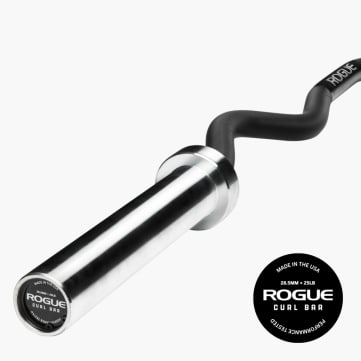Curl Barbells
Curl Barbells
Curl barbells are a versatile and effective tool for targeting your biceps, triceps, and forearms during strength training. At Rogue, we understand the importance of quality equipment in achieving your fitness goals. Our selection of curl barbells offers superior performance and durability, helping you maximize your training.
The Uses of Curl Bars
Discover the unique benefits and applications of curl bars, specifically designed to optimize your arm workouts:
Curl Bar Shape: The distinctive curved design of curl barbells sets them apart from standard straight barbells, providing a more ergonomic grip and reducing strain on the wrists.
Targeted Muscle Engagement: Curl barbells excel at isolating and engaging the biceps, making them indispensable for exercises like bicep curls and reverse curls. The angles of the barbell allows for a natural hand position, enabling you to effectively target these muscle groups and maximize muscle activation.
Common Exercises with Curl Barbells
Explore the variety of exercises you can perform with curl barbells to add size and strength to your arms:
Barbell Bicep Curl: Master the classic bicep curl using a curl bar, targeting the biceps with controlled, concentric movements. The ergonomic design of the curl barbell allows for a comfortable grip and varied hand positions, allowing you to effectively target different areas of the biceps for balanced muscle development.
Reverse Barbell Curls: Engage the forearm muscles with reverse barbell curls, a variation of the traditional bicep curl. By holding the barbell with an overhand grip, you'll target the brachioradialis and other forearm muscles, enhancing grip strength and forearm endurance.
Overhead Tricep Extension: Challenge your triceps with overhead tricep extensions using a curl bar. With an overhead grip, extend your arms overhead and lower the barbell behind your head, engaging the triceps as you push the weight back up. The ergonomic grip of the curl barbell ensures optimal wrist alignment and stability during this exercise.
FAQ:
A curl barbell, also known as an EZ curl bar or curling bar, is a specialized weightlifting bar designed for exercises that target the biceps, triceps, and forearm muscles. It features a unique curved shape with angled hand placements, allowing for a more comfortable and ergonomic grip during curls and other related exercises.
Unlike a standard barbell, a curl barbell has curves throughout its shaft creating angled hand placements. This design helps reduce strain on the wrists and elbows, making it more suitable for exercises that primarily target the biceps, triceps, and forearms. Standard barbells, on the other hand, are typically used for compound exercises that engage multiple muscle groups. Curl bars are also often shorter than a standard barbell and unable to be used in a rack, however we make both a short and a full size version, which is rackable.
Using a curl bar offers several benefits. Firstly, its ergonomic design reduces wrist and elbow strain, making it more comfortable to perform bicep curls and other related exercises. Additionally, the angled hand placements allow for a greater range of motion, targeting the muscles from different angles. This can help improve muscle development and overall strength in the biceps and forearms.
While a curl barbell is primarily designed for bicep and forearm exercises, it can also be used for other exercises that target similar muscle groups. For example, it can be used for tricep extensions, upright rows, and even some shoulder exercises. However, it may not be as versatile as a standard barbell when it comes to compound exercises involving multiple muscle groups.
